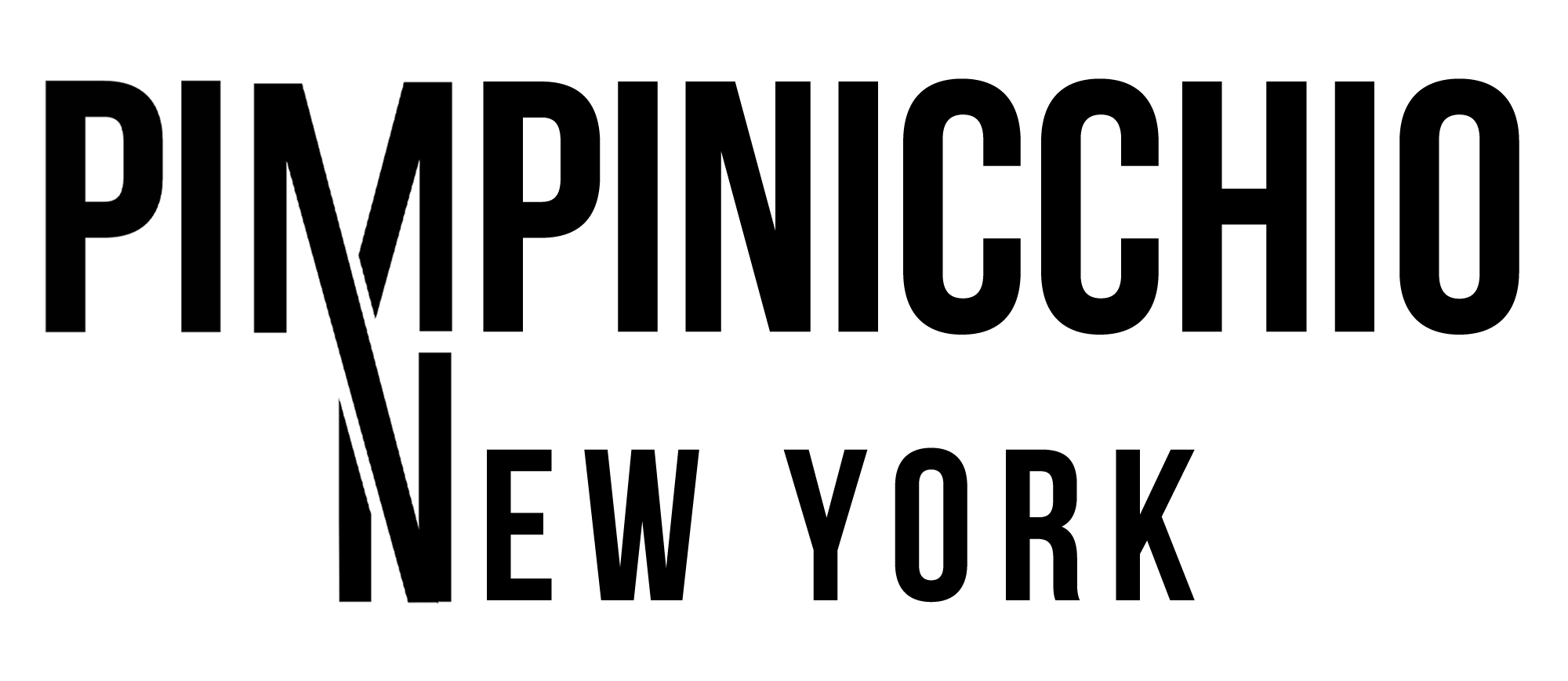In recent years, the fashion industry has been undergoing a significant transformation, marked by a growing emphasis on transparency and ethical practices. As consumers become more conscious of their purchasing habits, brands are responding by opening up about their processes, materials, and labor practices. This blog explores the transparency trend and its implications for the future of fashion.
Understanding Transparency in Fashion
Defining transparency within the fashion industry and its importance in building consumer trust.
Transparency in fashion goes beyond merely sharing information; it involves cultivating a relationship of trust between brands and consumers. When brands reveal their sourcing methods, production processes, and labor conditions, they empower consumers to make informed choices. This openness not only fosters loyalty but also aligns with the values of many shoppers who prioritize ethical consumption. In a world overwhelmed by fast fashion and mass production, transparency offers a refreshing perspective, emphasizing quality and integrity over speed and volume.
As consumers demand to know the origins of the products they purchase, brands are challenged to disclose intricate details about their supply chain. This obligation to transparency not only holds brands accountable but also encourages them to continually improve. When consumers can trace a garment’s journey from raw materials to finished product, they feel a deeper connection to their purchase. This connection transforms shopping from a simple transaction into a more meaningful experience.
The Impact of Consumer Awareness
Exploring how consumers’ growing awareness of ethical issues influences fashion brands to adopt transparent practices.
In recent years, consumer awareness has surged, driven largely by social media and the rise of digital communication. Shoppers are no longer passive recipients of advertising; they’re actively searching for information about brands and their practices. This change has compelled many companies to rethink their marketing strategies, focusing instead on authenticity and transparency. Consumers today want to support brands that reflect their values, leading to increased pressure on companies to address ethical concerns.
This awareness has spurred trends like ‘slow fashion,’ where quality and ethics take precedence over speed and quantity. As consumers choose to invest in fewer, high-quality items that stand the test of time, brands that champion transparency gain a competitive edge. Moreover, initiatives like sustainability certifications and ethical sourcing labels have gained traction, providing consumers with the information needed to make visibility-informed choices. This shift not only reshapes individual purchasing decisions but also impacts broader industry standards.
The power of the consumer in this new landscape cannot be overstated. A single tweet or Instagram post can ignite movements, prompting brands to adjust their practices almost overnight. Consequently, businesses must remain responsive to avoid reputational damage. This interconnectedness between consumer advocacy and the fashion industry’s accountability is a game changer—one that elevates ethical responsibility to a hallmark of brand identity.
Case Studies: Brands Leading the Way
Highlighting key fashion brands that have successfully integrated transparency into their business models and the impact it has had on their success.
Some pioneering brands have embraced fair trade practices and sustainable sourcing, effectively leading the way in the transparency movement. For instance, companies like Patagonia have set industry standards with their commitment to ethical production and environmental stewardship. By publicly disclosing their sourcing practices and even encouraging customers to repair rather than replace items, Patagonia exemplifies how transparency can forge an authentic bond with consumers. Their approach has resonated with environmentally conscious consumers, enhancing their brand loyalty and fostering a community committed to sustainability.
Another notable example is Eileen Fisher, which has emphasized transparency throughout its supply chain, including detailed reports on their practices. By sharing information about their factories and the materials they use, the company has positioned itself as a leader in ethical fashion. This commitment has not only attracted loyal customers but also inspired other brands to follow suit. Eileen Fisher’s transparency initiatives underscore the idea that doing good can also drive business success, showing that ethical practices and profitability don’t have to be mutually exclusive.
The success of brands like Everlane further illustrates the impact of transparency on business models. Everlane showcases their ‘Radical Transparency’ philosophy by revealing production costs, factory conditions, and more, catering to a demographic eager for honesty in their fashion choices. This strategy has cultivated a loyal customer base that appreciates their straightforward approach, demonstrating that ethical selling is not just a trend—it’s a new standard.
Challenges to Achieving Transparency
Discussing the barriers and challenges that brands face in implementing transparent practices while maintaining profitability.
Despite the growing emphasis on transparency, numerous challenges hinder brands from fully committing to these practices. For one, establishing an entirely transparent supply chain can be a daunting task. Many brands outsource production to various countries, complicating the task of tracking materials and labor conditions. The more complex the supply chain, the harder it can be to guarantee transparency at every level. Some companies may struggle to find reliable partners—those who also prioritize ethical practices—within their supply chains.
In addition, financial implications cannot be overlooked. Implementing transparency often requires upfront investment in new technologies, audits, and certifications. Smaller brands, in particular, may find themselves stretched thin as they try to adopt these rigorous standards. Although they may recognize the long-term benefits of transparency, the pressure to remain profitable in the short term can deter them from taking essential steps. Balancing ethical practices with business demands calls for creativity, commitment, and often a shift in company culture.
Finally, there’s also the challenge of overcoming skepticism among consumers. In an age where ‘greenwashing’—the practice of misleading consumers about environmental efforts—has sadly become commonplace, many shoppers may be wary of brands claiming transparency. Brands need to demonstrate genuine commitment to these principles, or risk being labeled as disingenuous. Building trust necessitates continued efforts to provide verifiable information and engage communities in meaningful dialogue.
Future Trends: Where is the Fashion Industry Headed?
Analyzing emerging trends and predictions about how transparency will shape the fashion industry in the coming years.
As the demand for transparency continues to grow, we can anticipate that technology will play an even more critical role in the fashion industry. Innovations—including blockchain technology—have the potential to revolutionize how brands share information about their products. With blockchain, every step of the supply chain can be recorded and traced, providing consumers with irrefutable proof of a brand’s ethical claims. This kind of technological advancement could not only enhance consumer trust but also standardize ethical practices across the board.
In addition, as the conversation about sustainability continues to evolve, we may see an increase in brands collaborating rather than competing. By sharing resources, knowledge, and best practices, companies can bolster their transparency initiatives while also encouraging others in the industry to follow suit. Collaborative platforms could emerge, creating community-focused solutions aimed at enhancing the transparency of the fashion ecosystem.
Lastly, the future of fashion will likely witness more consumer involvement in the transparency conversation. With platforms designed for sharing insights and feedback, customers will have more power than ever to hold brands accountable. This shift emphasizes that transparency in fashion is a collective journey where every stakeholder—brands, consumers, and advocates alike—plays a vital role in building a more ethical industry.
Embracing Transparency for a Sustainable Future
The transparency trend in fashion is not just a fleeting movement but a significant shift towards more ethical practices. By prioritizing transparency and accountability, brands are not only meeting consumer demands but also contributing to a more sustainable future. As this trend continues to gain momentum, we can expect a more responsible and conscientious fashion industry.




0 commenti